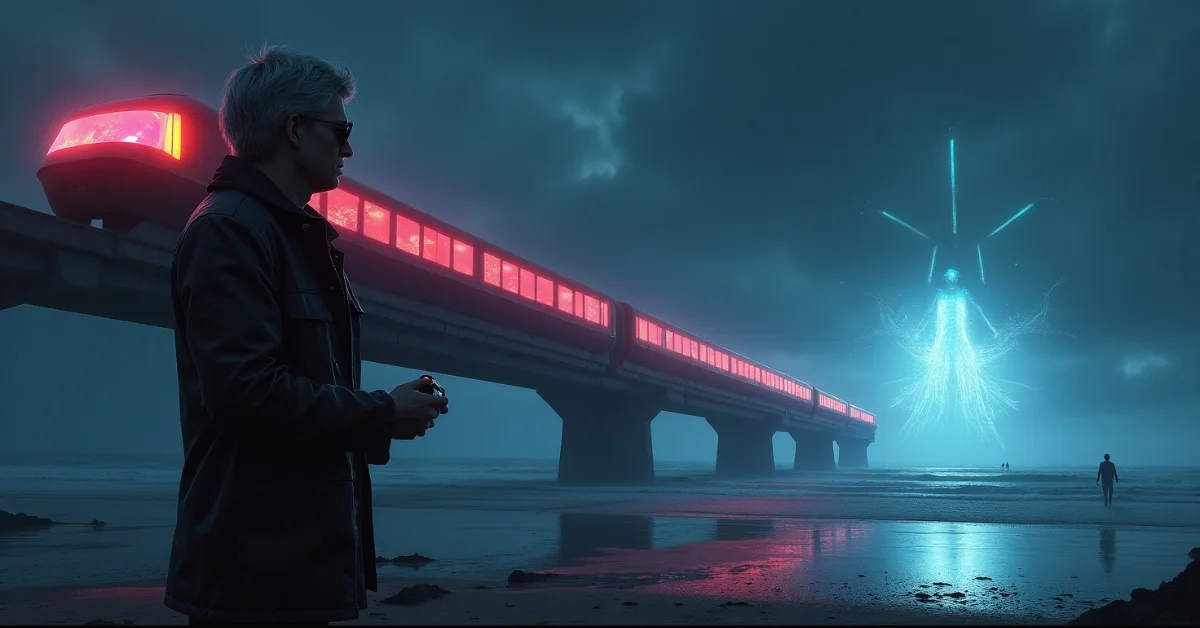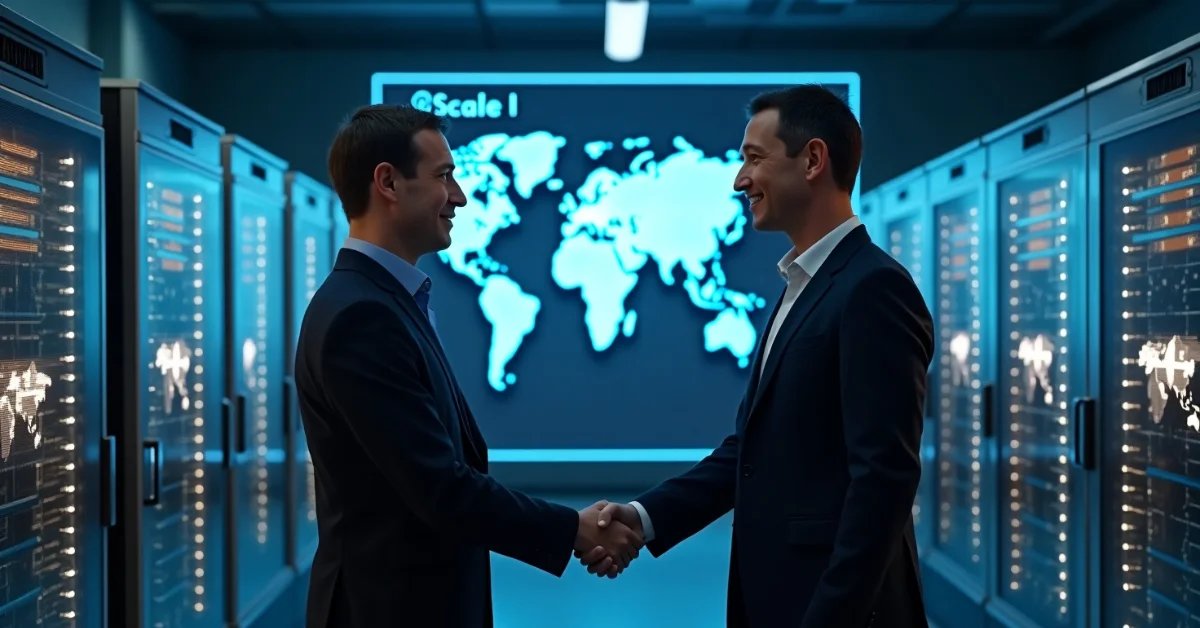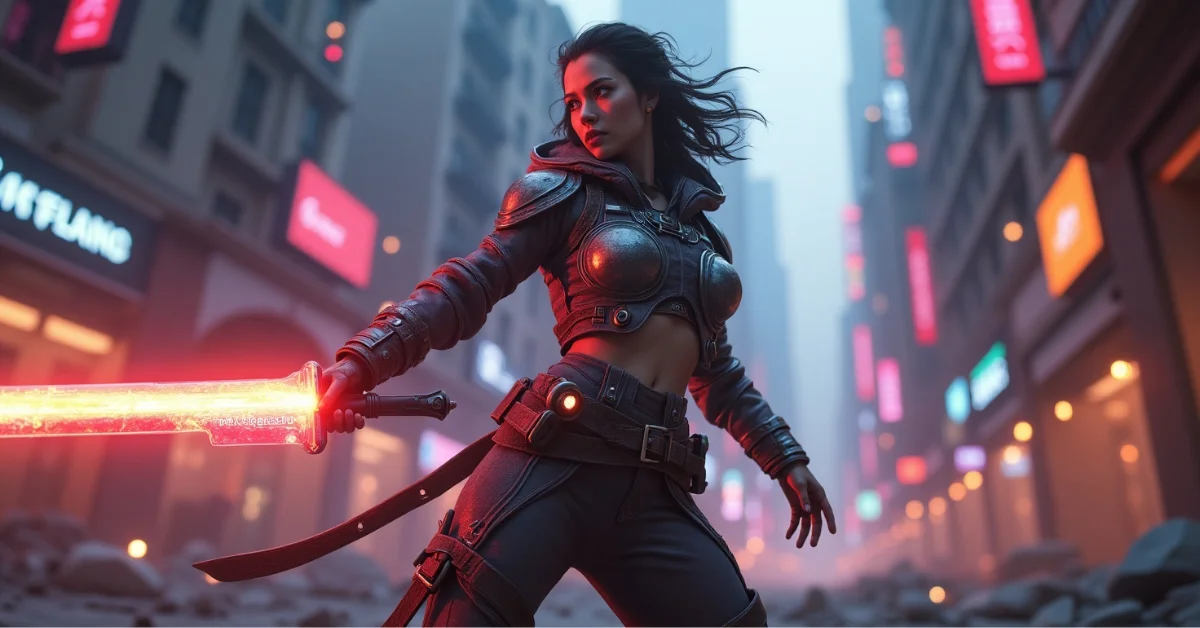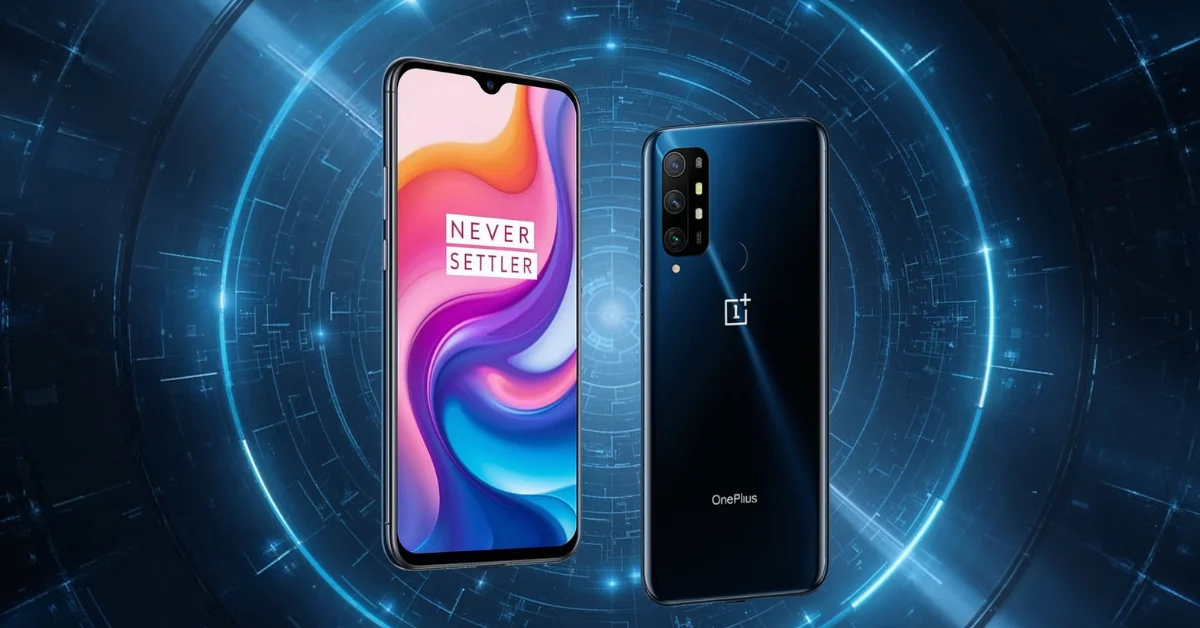Hideo Kojima, the visionary creator behind Metal Gear Solid and Death Stranding, recently reflected on a creative conundrum: while driven to explore even stranger and more experimental game concepts, he’s constrained by the need to keep his studio financially afloat. In a new profile for GQ, Kojima, now 62, admitted that although independence removes publisher constraints, the risk of commercial failure still weighs heavily on him.
“I thought I could do anything if I was independent, but the reality is that I can’t … If I do that and it doesn’t sell, my studio will go bankrupt. I know all the staff. I know the families of the staff. I have this burden on my shoulders.”
Flaring health issues during the COVID-19 pandemic have made Kojima deeply aware of his mortality, fuelling a renewed urgency to maximize the impact of his remaining projects. He currently has two games and two films in active production, but estimates he only has capacity for about three more games in the next decade.
Kojima’s track record includes ambitious risks. Death Stranding defied norms with its “walking simulator” structure a methodical traversal game centered on connection and solitude. While some accused it of being too slow, Kojima embraced the minimalist genre to drive experimentation.
Yet now he approaches new concepts with caution. Kojima notes that sequels proven properties are easy to pitch, but reaching audiences with entirely new ideas is challenging. Industry-wide pressure, widespread layoffs, and reluctance from studios to take risks only amplify the problem.
Amid these creative tensions, Kojima prepares to release Death Stranding 2: On the Beach on June 26, 2025 for PS5. The sequel builds on its predecessor’s meditative roots with deeper gameplay introducing a monorail system, a dynamic day-night cycle, and enhanced combat mechanics. It retains the walking-simulator feel, but aims for a wider appeal with action and intrigue.
Recent footage from Summer Game Fest showed emotionally charged scenes and intense combat sequences, including new characters like Neil (Luca Marinelli) and Lucy (Shioli Kutsuna). Kojima highlighted a soundtrack that shifts dynamically with gameplay tension.
Kojima also revealed his playtesting mantra: while he hopes DS2 polarizes audiences less than the original where “four out of ten” testers loved it and “six would say it was terrible” he still wishes to instigate controversy.
Between the sequel’s launch and new IPs, Kojima has a packed future: film adaptations of Death Stranding, OD (a horror project co-created with Jordan Peele), and Physint, his espionage-return to the Metal Gear ethos. Despite external pressures, he pledges to maintain a distinctive creative voice.
He wants his influence passed along not by imitation, but by inspirationpositioning himself as a guardian of game-as-art.
Yet his ongoing struggle between nurturing idiosyncratic artistic instincts and keeping a studio solvent lays bare a hard truth of modern game development. Even bold voices like Kojima’s must balance unusual vision with commercial viability.
Death Stranding 2 arrives next Thursday, June 26. Will it find harmony between the payoff of familiar gameplay and Kojima’s appetite for risk? As he races against time, this sequel may be his best shot at pushing boundaries without losing survival mode.



